The Sestiere Castello is the easternmost of the six sestieri of Venice. It is also the largest of the sestieri, both in size and population. It occupies all the north-east of the city, from San Pietro di Castello to the Palazzo Ducale to the hospital in Campo SS Giovanni e Paolo.
The name Castello
Castello means castle, but there is no castle in the area.
The Arsenale is in Castello, with its tall walls, but they are all younger than the name itself. The foundation of the Arsenale was in 1104, and many of the walls are from the 1400s. The name Castello, however, goes back to 971 at least.
There are several theories. There always are 🙂
One is that an ancient Roman fortification occupied the site of San Pietro di Castello on the island Olivolo. The ruins of this fortress were supposedly still visible in the early Middle Ages. Archaeologists, who’ve worked in the area, confirmed at a recent presentation that they had found numerous Roman artefacts around the church, but that most Roman finds originated elsewhere.
Another is that wooden fortifications in the area, built in the early 900s under the doge Pietro Tribuno, gave rise to the name.
Why all these fortifications around the Olivolo island?
The islands around the Rialto were by far the most important parts of the marshes, where Venice later arose. Venice was a much smaller place in the early Middle Ages, but Rialto was always the economic centre. The marketplace, which existed even in late Antiquity, is the birthplace of the city of Venice.
Towards the sea, the lagoon was much more open than it is now. The main bocca di porto in the north was over two kilometres wide. The first islands within the lagoon are Sant’Andrea, the Certosa island and Sant’Elena. However, they were much smaller and not yet settled in the early Middle Ages.
The settlement on the Olivolo island was therefore the first place where an invader from the sea could be stopped.
Olivolo and San Pietro
Castello, the island of Olivolo and the church of San Pietro di Castello are closely interlinked.

The early medieval settlement that became Castello started on the Olivolo island.
Olivolo was a bishopric from 774, but Rialto was not. Olivolo was from the start the religious centre of nascent Venice, while Rialto was the commercial and economic centre.
The political centre at St Mark’s came later, in 811 after the war with the Franks.
The Basilica of San Marco is from 829, and it was ‘just’ the private chapel of the Doge.
The religious centre of the wider north-east of the Italian peninsula was initially in Aquileia, to the north of Venice. The many invasions of late Antiquity made the Patriarch move to Grado, which like Venice is in a protective lagoon.
Much later, in 1451, the patriarch moved to San Pietro di Castello on the Olivolo. Venice had long been the dominant regional power, and the move was natural.
San Pietro and the Olivolo were therefore the centre of the Catholic Church in Venice for the entire period of the Venetian Republic.
Only in 1807 did the new Austrian rulers of Venice move the seat of the Patriarch from San Pietro to the Basilica di San Marco. At that time, there was no longer a Doge to use the Basilica di San Marco as his chapel.
The Arsenale
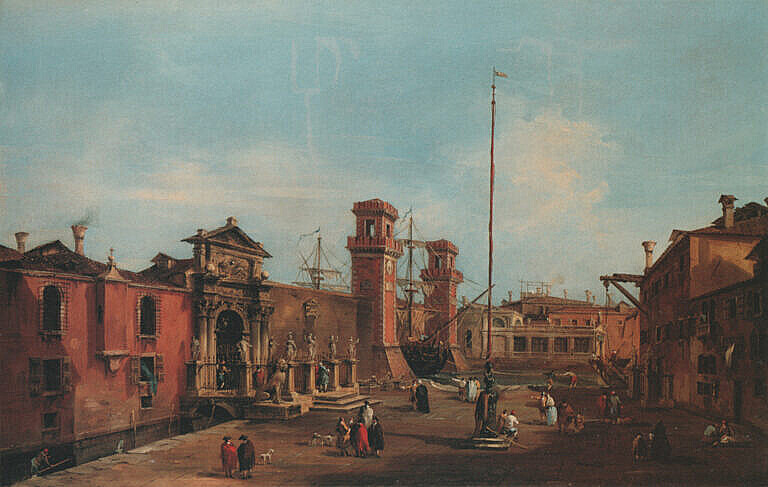
The Arsenale — the ancient navy docks of Venice — occupy a major part of the entire area of Castello.
In the 700s and 800s, the settlement on the Olivolo was an extreme eastern outpost of Rialto. In-between was an area of marshes, basins and lakes with scattered low-lying islands.
The shores of these lakes were perfect for shipbuilding. In 1104, the Venetian state took over a part of the area for the Venetian navy. Extensions over the following eight centuries grew the Arsenale to over one tenth of the entire city area.
The Arsenale and the navy came to dominate much of Castello, due to the sheer volume of the place.
At its largest the Arsenale occupied some eighteen thousand workers. It was therefore the dominant employer of the area for centuries.
A large military presence then influences the surrounding area. An example is the merchants of hemp for making ropes, who gathered in Rio and Fondamenta de la Tana. The hemp emporium was there because the main buyer of hemp for ropes was the navy.
In the area on the other side, at Barbaria de le Tole, wood for shipbuilding was seasoned and stored, again closely linked to the Arsenale.
Geographically the Arsenale divides the Sestiere Castello in two parts. They’re commonly referred to as Casteo baso (low Castello) in the east, and Castello alto (high Castello)in the west. Low and high refer to the Austrian system of house numbers, which start at Olivolo and ends at SS Giovanni e Paolo.
The Austrian period
After the fall of the Venetian state the Austrian-Hungarian Empire took over Venice, first in 1798-1806, then again in 1815. They made huge changes in the Castello sestiere, just like the French did in the period 1806-15.
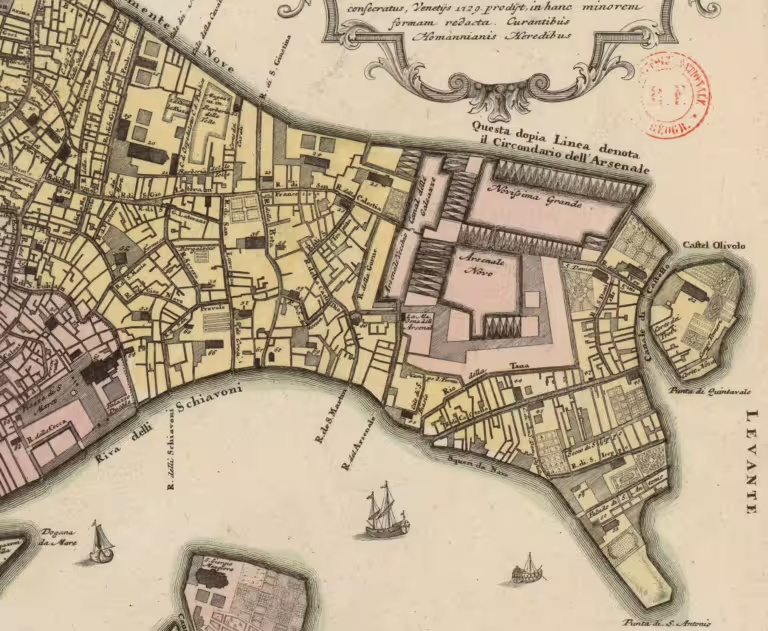
The main canal in the area was the Rio de Castello, which connected central Venice with the Olivolo island. The Rio de Castello was covered up in the early 1800s to create a wide road with trees and outdoor cafés, like the Austrians were used to in Vienna. This new road has had several names, like Strada Nuova dei Giardini Pubblici, Via Eugenia, and currently Via Garibaldi.
The first name of the new road hints at the wider urbanistic plans it was part of. The Giardini Pubblici (the Public Gardens) was a grand project to give Venice a modern public park. To make room for this park the Austrians demolished the church and monastery of San Domenico, the church of San Nicolò di Bari, the Ospedale dei Marinai (the navy hospital of the Venetian navy) and the church and monastery of Sant’Antonio Abate. The last church was one of the largest in Venice, along the Basilica di SS Giovanni e Paolo and the Basilica di Santa Maria Gloriosa dei Frari. The lone arch adorning the current Giardini Pubblici was once the front of a side chapel inside the Chiesa di Sant’Antonio Abate.
Naturally the Arsenale immediately became a stronghold for the new foreign rulers of Venice, both French and Austrian. The Austrian navy closed the church of Sant’Anna and made the associated monastery a navy hospital. Two centuries later this church is still closed and abandoned. The Arsenale absorbed the area of San Daniele and likewise the monastery of the Virgins in front of San Pietro di Castello. The Austrian navy also took over the patriarch’s palace besides the church.
Sant’Elena
Sant’Elena is a new addition to Castello.
The quarter of Sant’Elena is named after the Church of Sant’Elena, which was on a lagoon island, closer to the Certosa than to Venice.
Sant’Elena is now a part of the sestiere Castello, but historically, it was part of the lagoon, not the city.
The Serenissima never reclaimed the shallow area between the (now demolished) church of Sant’Antonio Abate and Sant’Elena. The municipal administration drew up such plans in the late 1800s and realised them in the early 1900s.
The project was to create modern and healthier housing. Everything looks Venetian, even with fake Byzantine paterae and shrines, but the roads are wider and there’s a lot more greenery.
Also, since the house numbers in Castello start on the nearby Olivolo island, Sant’Elena has a separate system.
The Sestiere Castello today
What made Castello central for the Serenissima is now long gone. The sestiere is no longer a religious centre of the city, and the navy activities in the Arsenale are all but gone.
The main cultural attraction is now the Biennale, which has taken over half of the Giardini Pubblici, a good chunk of the Arsenale, and a multitude of shops and storage rooms around the Via Garibaldi.
Tourism dominates modern Venice, but the vast majority of all tourists arrive from the west. The main entry points are the railroad station at Santa Lucia, the bus terminal at Piazzale Roma, the cruise terminal and the large car-parks on the Tronchetto.
Most tourists never make it further than the Rialto, Accademia and San Marco areas. As such, Castello is probably the sestiere that mass tourism has impacted the least. This doesn’t mean the sestiere doesn’t have problems, only that the other sestieri are worse off. The issues of over-tourism and problems of finding affordable housing are very real.
Churches in Castello
Consecrated
- Oratorio della Ca’ di Dio
- Chiesa di Sant’Elena
- Chiesa della Fava
- Chiesa di San Francesco della Vigna
- Chiesa di San Francesco di Paola
- Chiesa di San Giorgio dei Greci
- Chiesa di San Giovanni di Malta
- Chiesa di San Giovanni in Bragora
- Chiesa di San Giovanni Novo
- Chiesa dei Santi Giovanni e Paolo
- Chiesa di San Giuseppe
- Chiesa di San Lio
- Chiesa di Santa Maria Formosa
- Chiesa di San Martino
- Chiesa dei Mendicanti
- Chiesa della Pietà
- Chiesa di San Pietro di Castello
- Chiesa di San Zaccaria
Deconsecrated
- Chiesa di Sant’Anna
- Chiesa di Sant’Antonin
- Chiesa di San Biagio
- Chiesa dei Santi Filippo e Giacomo
- Chiesa di Santa Giustina
- Chiesa di San Lorenzo
- Chiesa di Santa Maria del Pianto
- Chiesa dell’ Ospedaletto
Demolished
- Chiesa di Sant’Antonio
- Chiesa della Celestia
- Chiesa di San Daniele
- Chiesa di San Domenico
- Chiesa di San Gioacchino
- Chiesa di San Giovanni Laterano
- Chiesa della Madonna dell’Arsenale
- Chiesa di Santa Marina
- Chiesa di San Nicolò di Bari
- Chiesa di San Provolo
- Chiesa del Santo Sepolcro
- Chiesa di San Severo
- Chiesa di Santa Ternita
- Chiesa delle Vergini
Related articles
In the Curiosità Veneziane:
- S. Pietro (Parrocchia, Campo, Ponte di) – Curiosità Veneziane
- Castello (Sestiere, Canale di) – Curiosità Veneziane


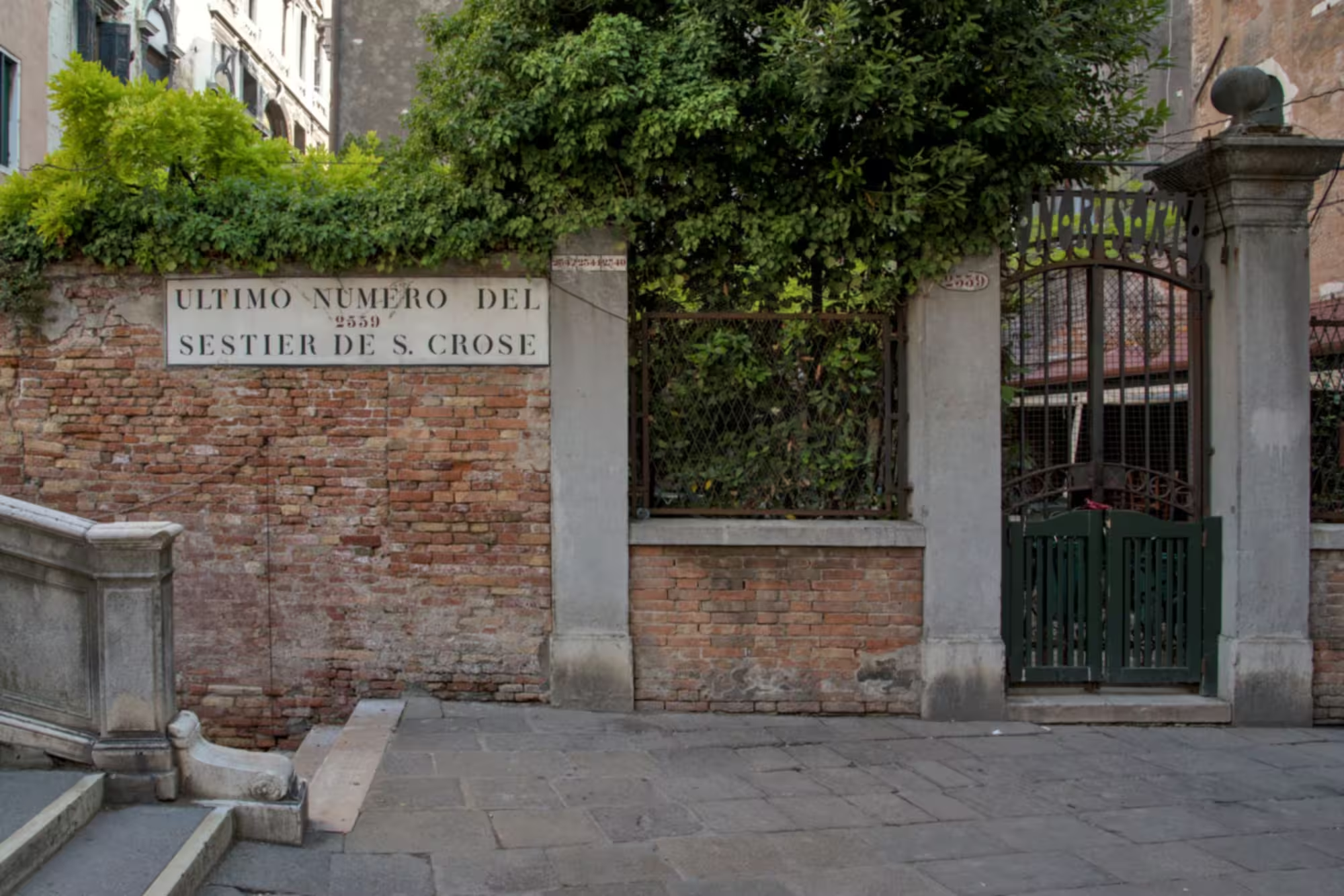
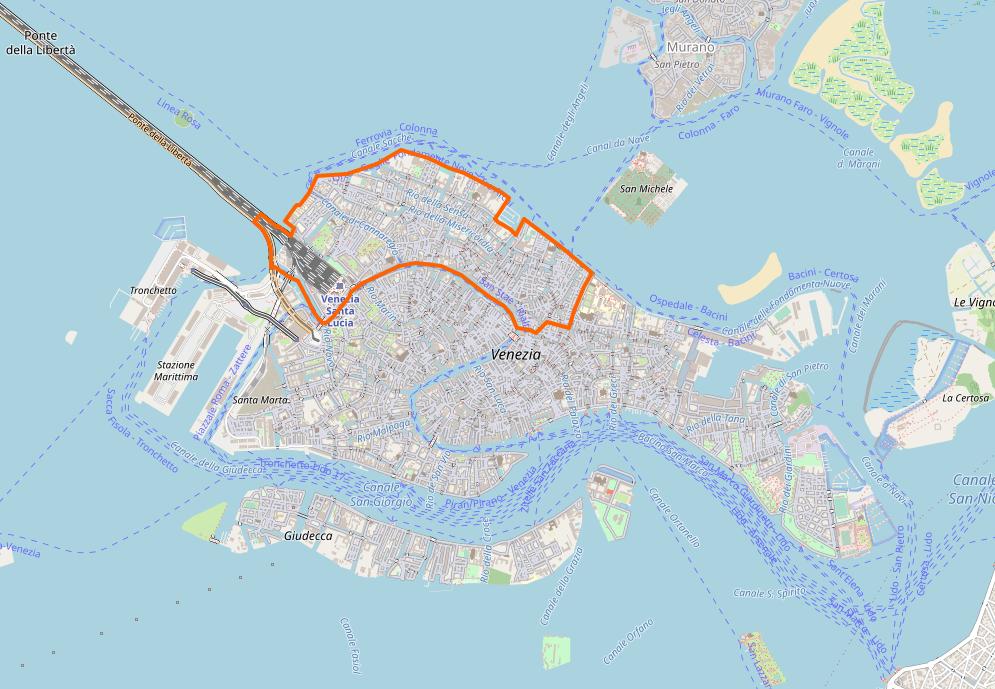
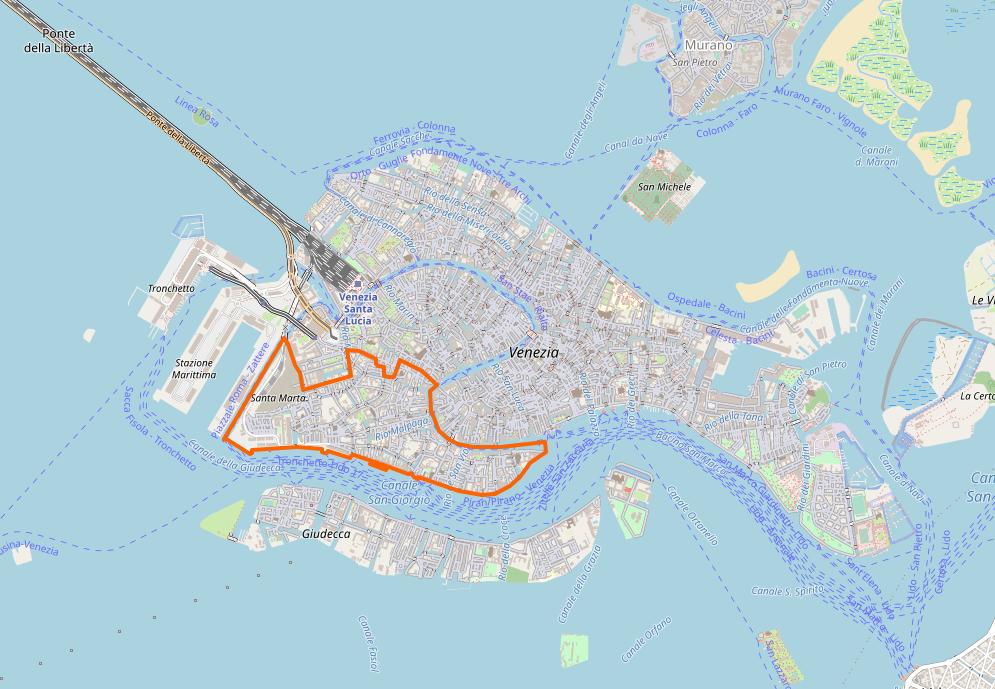

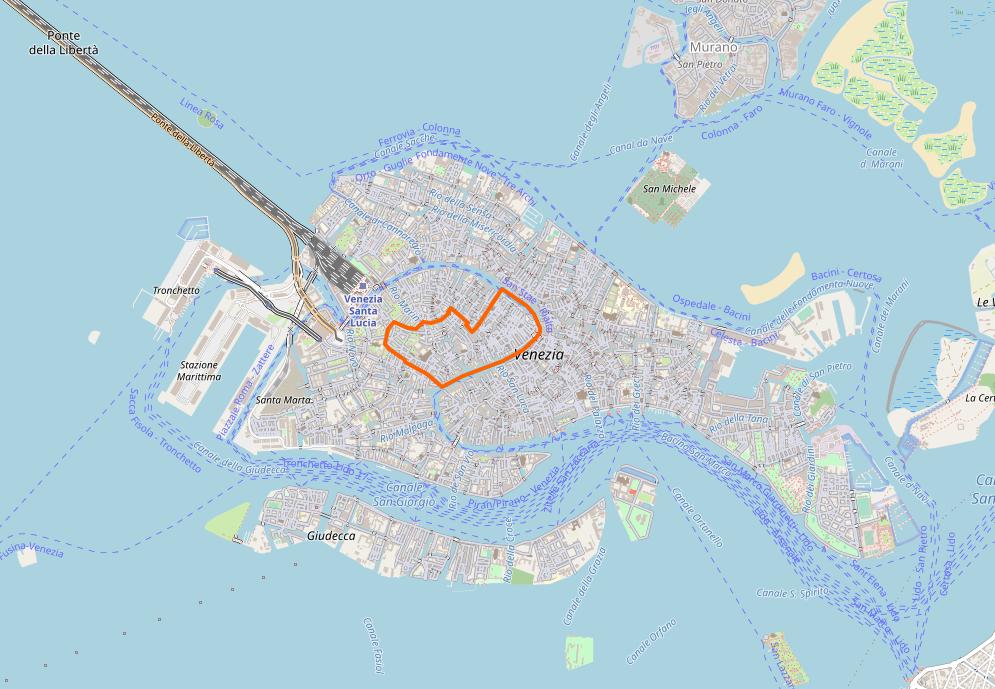
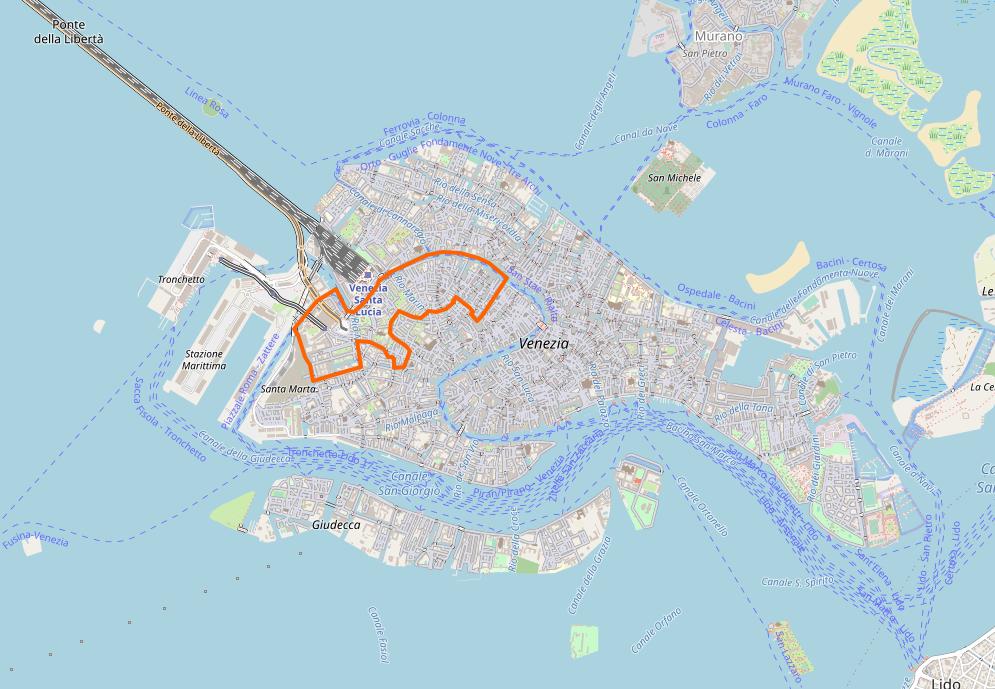
Leave a Reply